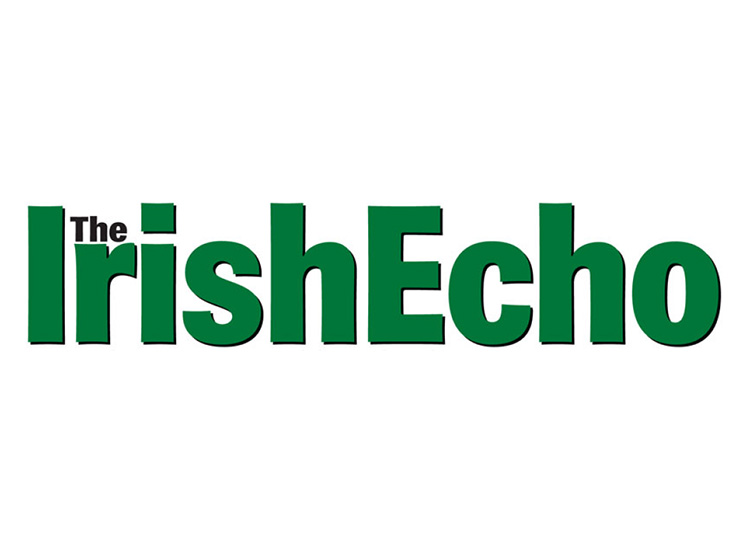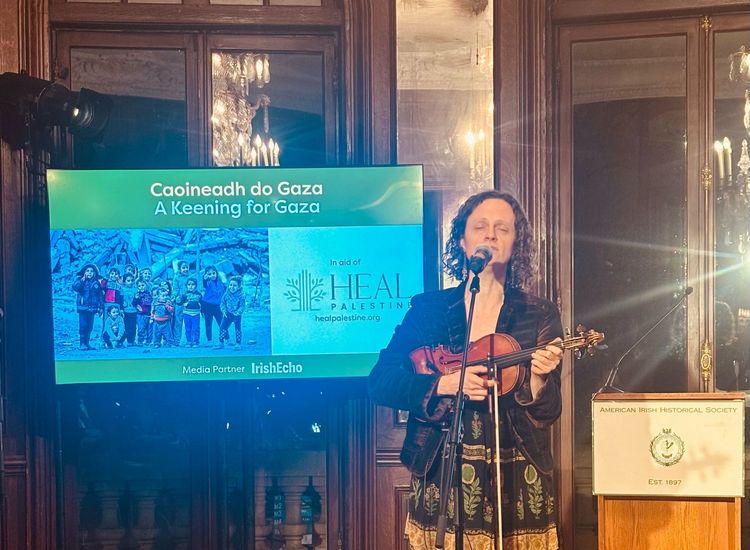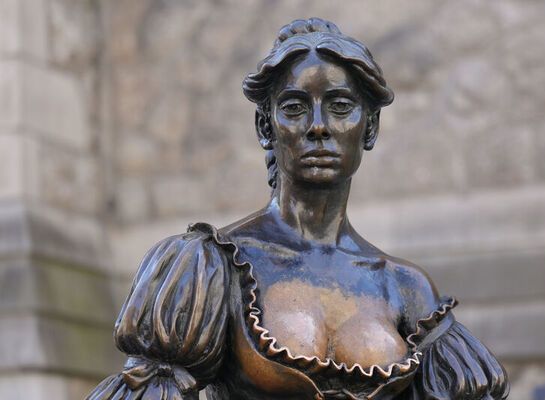By Peter McDermott
Trinity College Professor Dan Bradley used to think of medieval Ireland as a rather sedate place, something like the 1950s. “In fact it was a wild place,” he told the Glucksman Ireland House-organized one-day Saturday seminar “Who Do We Think We Are?”
“It was a Christian society, but they didn’t always warm to some of the rules,” he said.
He cited the example of Turlough O’Donnell, who had 18 sons with 10 different women, and a total of 59 male grandsons.
The County Derry-born professor of population genetics said that in some traditional societies “there is a definite link between power and profligacy.”
Bradley said the dominance of the Uí Néill, a group of families that held power for 1,000 years, can explain the prevalence of a genetic marker that is found in up to 20 percent of men in parts of Western Ulster and North Connacht.
This is usually linked to Niall of the Nine Hostages in the 5th century. “He’s on the cusp of mythology,” Bradley said. “It’s very hard to grab on to him historically, but the group of families are real and they understood that they were descended from someone called Niall.”
Even before DNA analysis, Bradley’s late Trinity colleague George Dawson was doing work in the field in the 1960s with his analysis of blood group O, which is higher in the West of Ireland, Western Scotland, Wales and the Basque region. It’s clear from that work that the Ulster Plantations in the early 17th century and the Anglo-Norman invasion centuries earlier had major genetic impacts on Ireland.
The Spanish Armada certainly did not. The supposed link between the “black Irish” and that late 16th century misadventure is “complete nonsense,” Bradley said. But a much older genetic link with Spain, going back thousands of years, is plausible. He stressed, however, that much of this can’t be resolved at this point.
Nor can the variations in the patterns of the male Y chromosome within Ireland and within Britain, and also between the two islands, be easily explained. One factor is an invading force that was in Britain for four centuries. “The Romans really moved people about,” he said. “I’m afraid these are open questions.”
Genetic researchers in Ireland, however, have one big advantage. “Gaelic Irish surnames have a very distinct geography,” he said.
Bradley and his colleagues have been involved in the “reconstruction of the genetic architecture” of Irish surnames, most famously of McGuinness at the request of the Guinness family.
Gaelic Irish surnames are older than English names, for instance, and also more easily traced back to a “strong foundation,” which is one family or related families in a given place.
“Ryans have a strong foundation,” Bradley said. “Sullivans have a strong foundation.” Fifty percent of males with either name can trace their Y chromosome back to the foundation.
Bradley gave possible genetic explanations as to why Ireland has the highest rates in the world for hemochromatosis, the iron overload disease, and cystic fibrosis. The island also tops the list for lactase persistence, the tolerance for dairy products in adulthood.
Oral history potential
In a session entitled “Our Stories, Our Memories,” Professor Marion Casey referred to the success of the records of the Emigrant Savings Bank at the New York Public Library. “Oral histories have the same potential for the 21st century,” she said.
Casey and Glucksman Ireland House Oral History Project colleague Professor Miriam Nyhan introduced excerpts of tapes of interviews they’ve done so far with Irish-American and Irish immigrants of different generations.
Playwright and movie director John Patrick Shanley and novelists William Kennedy and Alice McDermott led a spirited panel discussion about Irish-American literature in the afternoon session.
McDermott said that she was surprised that she was defined as an Irish-American novelist earlier in her career. “I thought I was writing about matters of life and death,” she said. “I resisted it.” But then she came to understand that her Irish Catholicism “gave me the language as a writer through which I can talk about life and death.”
McDermott said she had often heard the phrase “Who do you think you are?” which in time came to mean “Who are you supposed to be now?” Thankfully, though, Irish-American writers didn’t cave into opposition within their own families and communities, she said.
In his closing remarks at the well-attended conference, Consul General Niall Burgess said that he believed that Ireland had a unique relationship among European nations to its diaspora, one that is reflected in its laws.
Loretta Brennan Glucksman, chairman of the advisory board of Glucksman Ireland House, praised Burgess’s eloquence in his summing up of the seminar’s themes, adding that New York has been fortunate to have a serving Irish diplomat of his caliber over the past three years and she hoped he would continue in his role.
In conclusion, Brennan Glucksman declared the event a “wonderful success.”
(PHOTO BY PETER McDERMOTT Virginia Ferris, left, and Kate Feighery, both alumni of NYU’s Masters program in Irish and Irish-American studies, attended the “Who Do We Think We Are?” seminar organized by Glucksman Ireland House at the weekend.)









